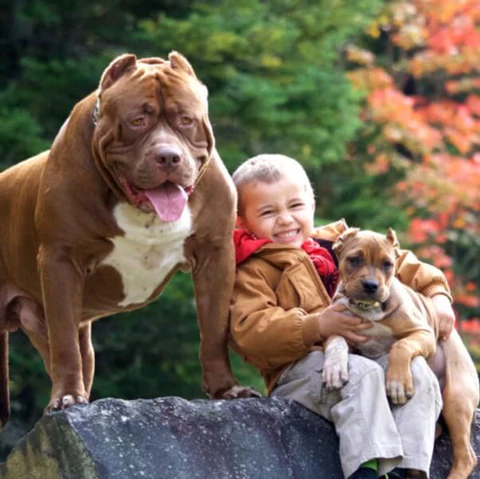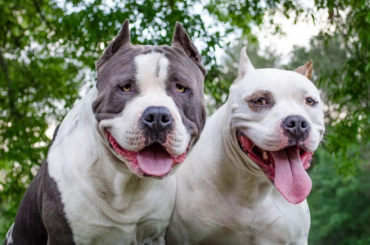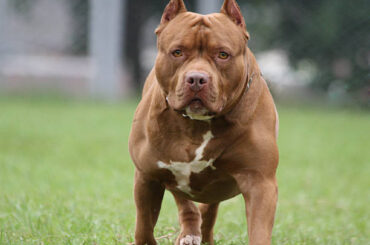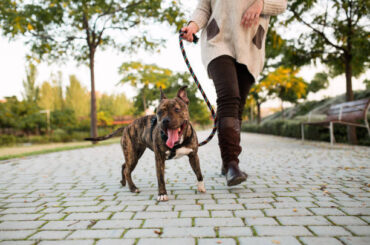Introducing a Pitbull to your kids is an important step that requires patience, supervision, and positive reinforcement. It’s essential to create a safe and positive environment for both the dog and the children. Here’s a step-by-step guide on how to introduce your Pitbull to your kids:
1. Prepare in Advance:
- Training: Ensure your Pitbull has basic obedience training. Commands such as sit, stay, and recall are helpful for managing interactions.
- Exercise: Allow your Pitbull to expend excess energy through exercise before the introduction. A tired dog is more likely to remain calm during the interaction.
2. Create a Controlled Environment:
- Neutral Territory: Choose a neutral space for the initial meeting, preferably an area where your Pitbull feels comfortable but not overly territorial.
- Leash: Keep your Pitbull on a leash initially to have better control over the situation.
3. Allow Sniffing and Observation:
- Supervised Interaction: Begin with controlled, supervised interactions. Allow your Pitbull to approach and sniff your children while remaining on a leash.
- Observe Body Language: Pay attention to both your Pitbull’s and your children’s body language. Look for signs of curiosity, calmness, and positive interest.
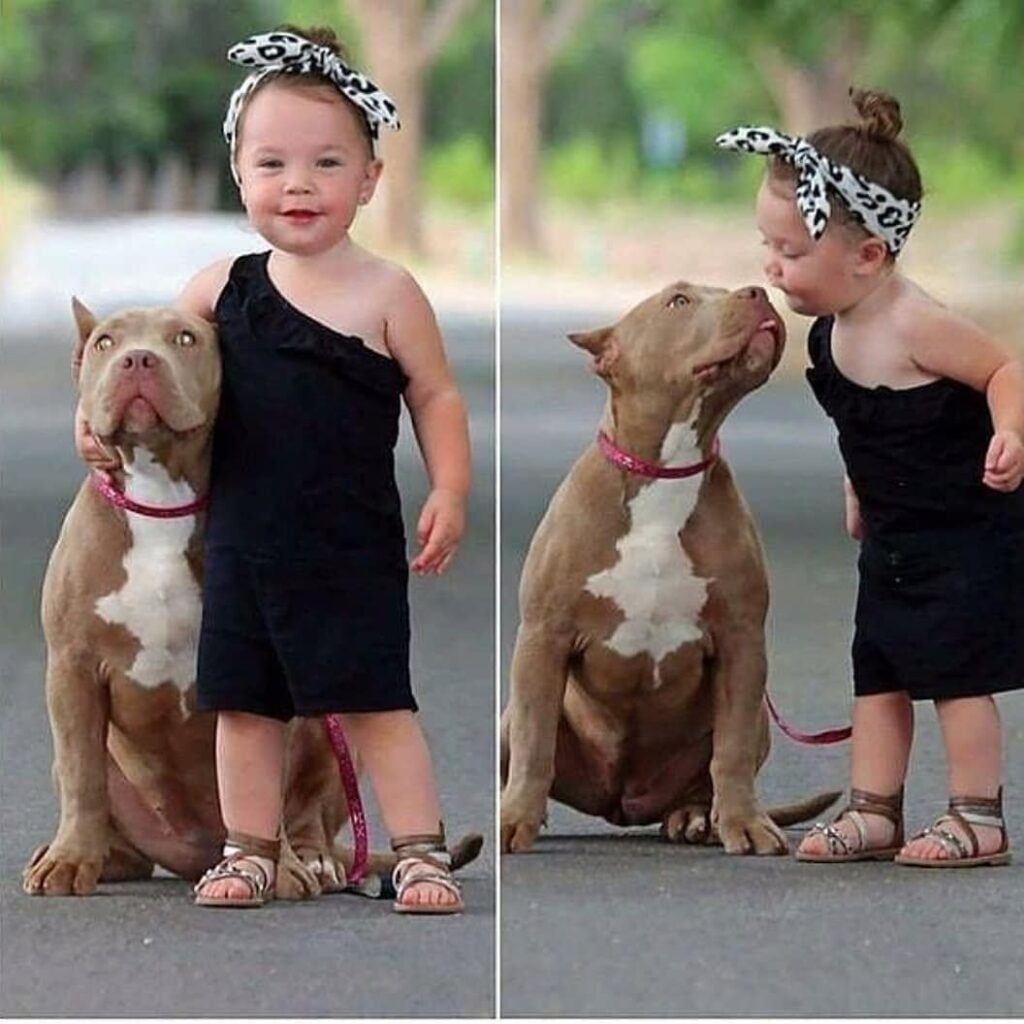
4. Positive Reinforcement:
- Treats and Praise: Reward your Pitbull for calm and positive behavior around your children. Use treats and praise to create positive associations.
- Gentle Petting: Encourage your children to offer gentle, slow-paced petting when the dog is calm. Reinforce the idea that positive interactions result in rewards.
5. Monitor Body Language:
- Watch for Signs: Be vigilant for any signs of stress or discomfort in your Pitbull, such as raised hackles, stiff body posture, or avoidance. If you notice any signs of discomfort, give your dog space.
6. Gradual Exposure:
- Increase Interaction Time: As the initial introduction progresses positively, gradually increase the time your Pitbull spends with your children. Allow short, positive interactions to build trust.
7. Teach Children Proper Behavior:
- Explain Boundaries: Teach your children how to behave around the dog. Emphasize the importance of not disturbing the dog while eating or sleeping and avoiding sudden movements or loud noises.
- No Rough Play: Discourage rough play or teasing. Children should understand that the dog is a living being with feelings, and respect for the dog’s boundaries is crucial.
8. Supervise All Interactions:
- Constant Supervision: Never leave your Pitbull and children unsupervised, especially during the initial stages of their interaction.
- Learn Dog Body Language: Educate yourself and your children on basic dog body language to better understand your Pitbull’s feelings and reactions.
9. Create Positive Associations:
- Family Time: Incorporate positive interactions into family activities. This helps your Pitbull associate family time with positive experiences.


